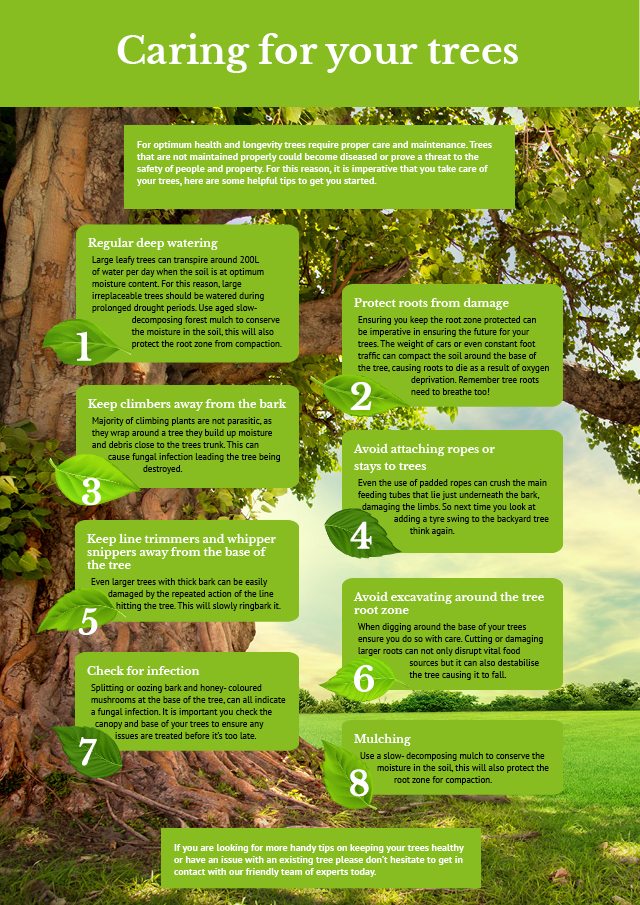Guarding Your Landscape: Replanting After Tree Removal
Guarding Your Landscape: Replanting After Tree Removal
Blog Article
Authored By-Hussein Cook
Tree elimination can leave a space in your landscape that requires filling. You can plant something new because space, yet it takes extra care and attention at the starting to help it thrive.
The dirt because location will keep altering over time as bacteria break down the old origins. That can impact the nutrient balance and physical space for new development.
Dirt
The dirt in a plot where a tree has been removed is likely to be very different from the rest of your garden or yard. The origins of the old tree and the stump will have altered the dirt, getting rid of some nutrients and perhaps crowding out various other plants. In addition, if the previous tree was infected, the infectious agent might still remain in the ground.
The visibility of origins cultivates a rich and varied community of soil microorganisms that boosts essential processes like nutrition biking and organic matter disintegration. Without these microorganisms, the displaced soil can come to be less abundant and nutrient-depleted, with an adverse impact on plant growth.
Prior to replanting, the dirt ought to be eliminated of particles and organic material (such as timber chips from stump grinding). You may desire to mix in potting soil or native dust with this garden compost to give your new growing with a setting that is well balanced and loaded with nutrients.
Water
Tree roots take in big quantities of water from the dirt. This process additionally adds nutrients back to the soil, especially nitrogen, which is vital for new trees and plants. Sadly, old soil can be diminished of these essential minerals because of the decaying roots and stump from an eliminated tree.
This is why it is necessary to have a plan for the future of your landscape. Preferably, the very best time to plant is when you have a fresh start.
Whether you're planting lawn or blossoms, make certain to make use of a soaker pipe to avoid overwatering your new landscaping. If the location was a yard, make sure to cover the dirt with natural compost to assist maintain wetness in the dirt, manage dirt temperatures and suppress weeds. This likewise provides a layer of protection for young plants and promotes worm activity. After that, on a regular basis restore the mulch to continue enhancing the soil nutrient thickness and microbial life. This is called soil repair.
Light
Trees are an excellent addition to any kind of landscape, offering color, aesthetic pulchritude, and many various other benefits. Nevertheless, in some cases trees come to be unattractive as a result of a range of factors, including condition, bug invasions and natural aging.
In such cases, it might be essential to eliminate a tree. It's important to consider the value of a certain tree in your landscaping and take the correct actions to guarantee that the elimination is done safely and successfully.
Throughout the late summer season, it's a perfect time to carry out maintenance and evaluations on existing trees. Search for signs of condition, insect infestations, or architectural damages, as well as any prospective threats such as weakened or leaning trees.
Prior to beginning any type of construction tasks, make certain to protect the root zones of existing trees by avoiding soil compaction and grading around them. Raw material, as it breaks down, can produce poisonous gases that are detrimental to the origins of a tree. It's also a good idea to mulch the location around a tree after building and construction has ended up to save wetness and reduce weed growth.
https://www.wsmv.com/call_4_action/south-nashville-residents-start-a-petition-asking-nes-for-better-tree-trimming-service/article_69e936a8-46d2-11ea-82c3-dbf4b550c7be.html are important to a landscape for their aesthetic charm, yet they likewise play a crucial role in the regional ecosystem by giving color and windbreaks. They support wild animals habitats and decrease the amount of carbon dioxide in the air, which can add to international warming. This is why it is a good idea to replant trees after eliminating one from the property.
When replanting a new tree in the place of a previous stump, the soil might not have enough nutrients to support it. It is best to wait for a year prior to growing to guarantee that the dirt will be rich in nutrients.
To make sure that replanted trees flourish, it is essential to supply them with appropriate care. A layer of compost will certainly keep soil dampness from vaporizing, regulate soil temperature, and help subdue weeds. Organic compost is the recommended option because it improves soil fertility. Continuous fertilizing and parasite control are also important for replanted trees.